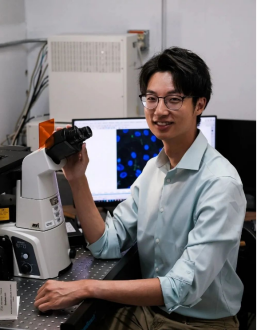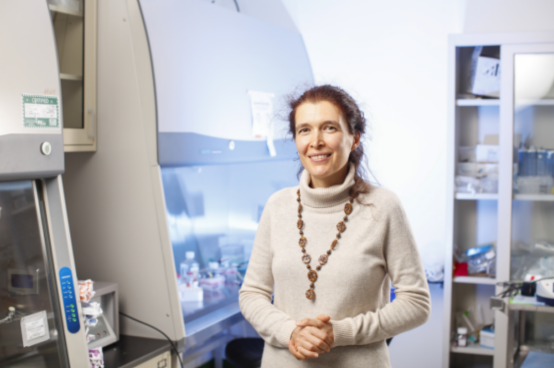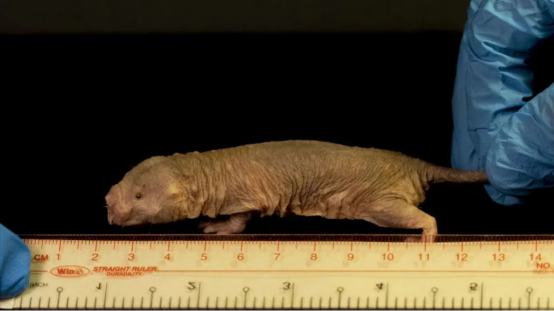Please click the button below to go to our email login page
|
A research that spends 6 years and experiences accidents in animal rooms was published in Nature!“‘research’ signifies repeated exploration without shortcut actually, and
sometimes you yourself have to try again and again”, said Zhihui Zhang. The
“trying” process is sheer torturing, as it took him nearly 6 years and
experienced numerous failure before he, for the first time worldwide,
transformed the longevity mechanism from long-lived species to short-lived
species and successfully verified that high-molecular-mass hyaluronan can
provide cancer resistance and longevity to other species.
Zhihui Zhang was born in Kunming city, Yunnan province, China and entered Peking Union Medical College in 2011 as a postgraduate. After graduation in the summer of 2014, he worked at Yunnan Provincial Center for Disease Control and Prevention. Half a year later, he gradually realized the joys of research and perceived research as the best path. Therefore, Zhihui Zhang quit his job and made off-job application for a doctorate. “I concentrated on developing hepatitis C virus vaccines as a postgraduate, and later worked for prevention and treatment of AIDS. I learned from these experiences that instead of spending time and money to treat a disease, it costs less to prevent it”, said Zhihui Zhang.
Accordingly, Zhihui Zhang chose to focus on the field of aging. Naked mole rats have attracted much attention from the scientific community, due to their strong abilities of living longer and fighting against aging-related diseases (including cancer, cardiovascular diseases, and neurodegenerative diseases). The lifespan of naked mole rats is 30-40 years, over ten times longer than rodents of the same size, which hence are often used for aging and longevity research. University of Rochester in the USA has a certain laboratory for conducting in-depth investigations on the mechanisms of anti-cancer and longevity of naked mole rats. Vera Gorbunova, responsible for this laboratory, is a co-director of Rochester Aging Research Center. Prof. Vera is renowned in the field of DNA damage repair. But for young people, the “old and precious” samples in her laboratory are more attractive. Certainly, Zhihui Zhang was also attracted. Zhihui Zhang was most interested in naked mole rats in Vera’s lab. Fortunately, before his participation, the lab just successfully established a transgenic mouse overexpressing naked mole-rat hyaluronic acid synthase 2 gene (nmrHas2), which laid a foundation for Zhang’s research. Through over 3 years of research, Zhihui Zhang ultimately unveiled the longevity mechanism of mice. He found that transgenic mice have a lower inflammation level during aging, and the aging-related chronic inflammation has been identified as a vital cause of many aging-related diseases, manifesting that a lower inflammation level is the key for the longevity of mice expressing nmrHAS2.
However, in the third year of his doctorate, a malfunction in the water filling machine caused a leak in the water bag of the mouse cage, so that a batch of two-year-old mice he reared in the animal room of university cannot be used for follow-up research. Notwithstanding, he did not give up on his research. “A plan containing experiments performed two years later should be formulated for aging experiments on mice. Enough mice should be prepared for experiments two years later to cope with any risks”, said Zhihui Zhang. Finally, he completed this great study with strong resilience and planning abilities. In the future, Zhihui Zhang and his research team will direct their attention to other long-lived species to continue scientific explorations. |



